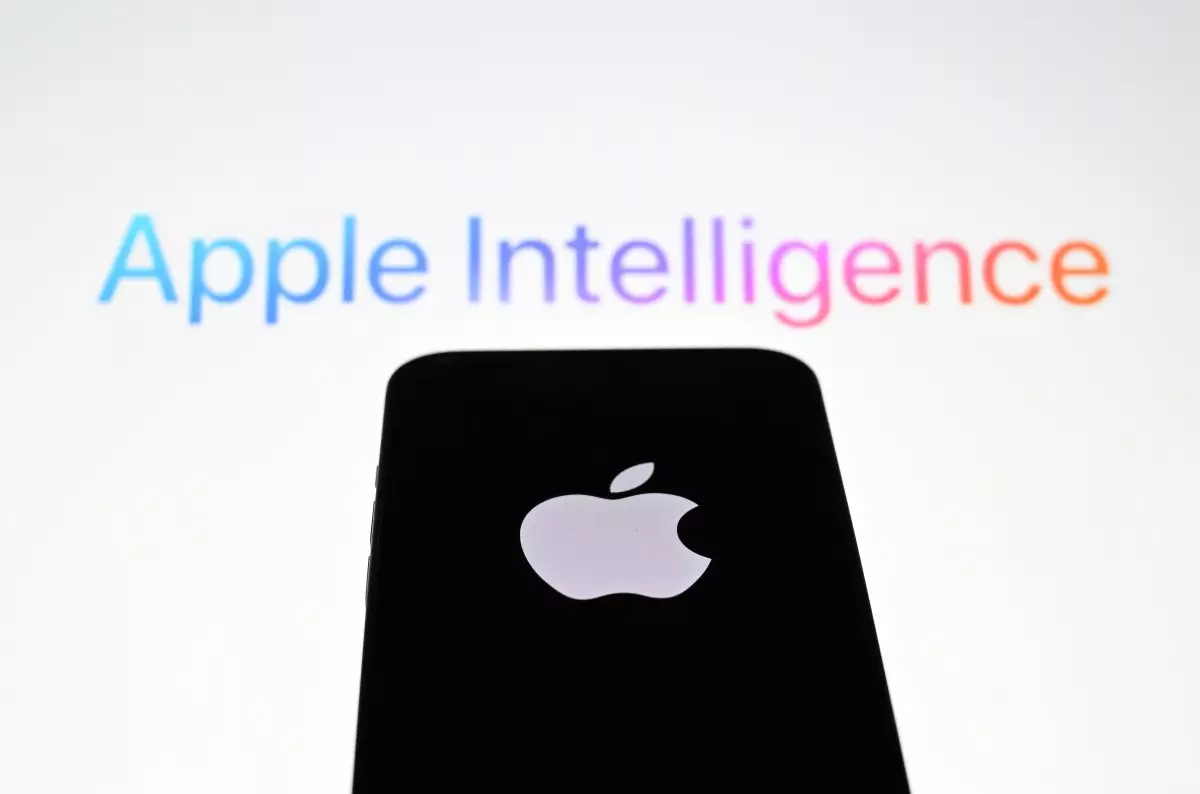In an era where artificial intelligence (AI) continues to reshape our technological landscape, Apple has committed to enhancing user experience with AI-driven features in the latest updates for iOS 18.2, iPadOS 18.2, and macOS Sequoia 15.2. These updates, branded as Apple Intelligence, promise to reinvent how users engage with their Apple devices, blending functionality with creativity.
One of the most significant advancements in Apple’s AI suite is the extension of language support. Previously limited to U.S. English, Apple has now localized its AI capabilities to cater to users in Australia, Canada, Ireland, New Zealand, South Africa, and the U.K. This broadened linguistic reach not only speaks to the company’s commitment to inclusivity but also emphasizes a deeper understanding of regional dialects and expressions. Such an expansion ensures that users, regardless of their geographical location, can fully leverage the power of Apple Intelligence.
Perhaps the most anticipated feature is the integration of ChatGPT into Siri. This development allows users to ask questions that might be beyond Siri’s capabilities, creating a more dynamic interaction. Users can engage the platform without needing to log into their OpenAI accounts, although doing so enables access to superior AI models. This responsive AI interaction will likely lead to more fluid conversations, blurring the line between human and machine communication.
Moreover, the update introduces a “compose” option, empowering users to dictate the tone and style of their written content. Though initial features allowed mere rephrasing of existing text, this new advanced option offers users control over their creative processes, enabling them to articulate their thoughts more effectively.
Apple has also prioritised creativity through its image playground feature, allowing users to experiment with image creation across various styles. The newfound ability to remix photos by adjusting scenarios and settings provides a platform for artistic expression. Integrating this feature within apps like Messages means that users can engage in real-time creativity, enhancing social interactions with personalized imagery.
The Genmoji feature furthers this creative journey. By enabling users to conjure up new emojis based on descriptions, Apple acknowledges the diverse ways people communicate. Whether capturing a nuanced emotional tone or inventing an entirely new representation, Genmoji opens avenues for self-expression that align with modern digital communication trends.
The rollout of visual intelligence capabilities on the iPhone 16 series marks another leap toward smart device interaction. Users can now leverage their camera to inquire about objects and information in their surroundings through AI-driven searches. This functionality not only empowers users with immediate access to knowledge but also enhances everyday tasks, such as translating languages and saving contact details directly from contextual imagery.
In conjunction, the introduction of the Image Wand tool in the Notes app converts basic sketches into illustrative images, further bridging the gap between rough conceptualization and polished visuals. This feature caters to both creative and professional users, allowing them to visualize ideas quickly and effectively.
Looking ahead, Apple’s future plans signal continued investment in AI integration. With aspirations to provide developers with the tools to incorporate Apple Intelligence APIs into their applications, a vast ecosystem of innovative solutions is on the horizon. Furthermore, upcoming enhancements for Siri will enable more contextual suggestions and an increased awareness of user needs, making it an even more indispensable tool in users’ daily lives.
Apple’s new suite of AI features represents a monumental shift in how users interact with technology. By embracing creativity, expanding language capabilities, and enhancing functional AI companionship, Apple is setting the stage for a future where technology adapts to individual needs, fostering a more enriched relationship between man and machine. As these features gain traction, they will undoubtedly redefine user experiences in the digital age.

